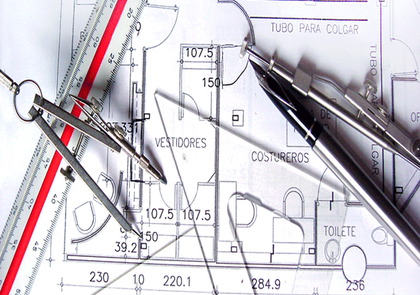Surging demand for multifamily housing was arguably the top real estate story of 2012, and new data from the AIA suggests no slowing down in 2013.
2012 might as well have been the “Year of Multifamily Housing.” Bolstered by a soaring consumer appetite for smaller single-family living spaces and especially apartment residences, multifamily housing production grew and grew throughout 2012, eventually reaching its a historic high in December.
And all along, the Architecture Billings Index (ABI), the leading measure of architectural services demand in the U.S. housing market, has pointed to ever more multifamily projects down the line, and its February release was no exception, with multifamily projects generating the most demand of all the sectors of construction, with mixed practice, commercial/industrial and institutional all trailing behind.
Architecture Billings Index – Promises of Multifamily Housing to Come
Released on a monthly basis by the American Institute of Architects, the ABI measures the billings architectural firms are charging for their services; considering that the ABI measures architectural plans, though, and not active construction projects, there is always a nine- to 12-month lag between the projects reflected in the ABI and the beginning of construction – meaning that we can only count on more multifamily construction through 2013 and 2014.
And aside from its multifamily housing-specific aspects, the ABI on the whole was very promising as well in February, with its new projects inquiry index (which, as the name would suggest, measures the rate of new projects) at its highest level since January 2007 and the overall index at its highest level since the market collapsed in 2008. Here’s a chart showing the ABI’s progress:
Don’t Forget the Architects
We should take this moment, though, to speak up for an essential component of the housing market that has largely been voiceless during the economic downturn – architects. Billings may be increasing at a rapid rate, but whether that translates to architecture firms hiring more architects, we’ll have to wait and see; after all, aside from the construction sector, arguably no group of housing-related professionals were more impacted by the downturn than architects, and at the start of 2012 (the most recent data we have), the unemployment rate for architects was still 13.9 percent.
But still, there may be hope on the horizon. According to the latest analysis from the Bureau of Labor Statistics, architect employment ranks are expected to grow by 24 percent from 2010 to 2020, which is greater than the national average.
